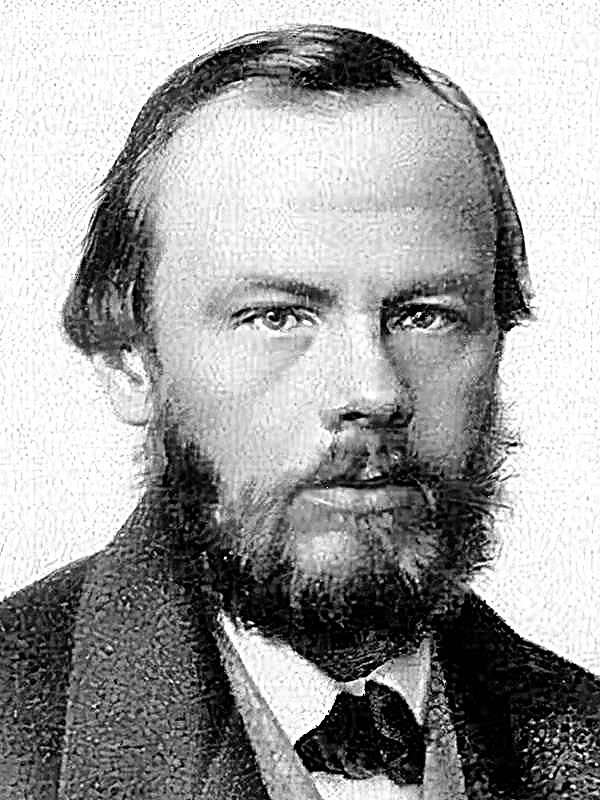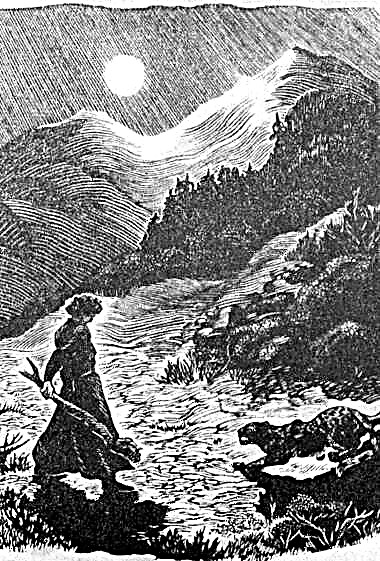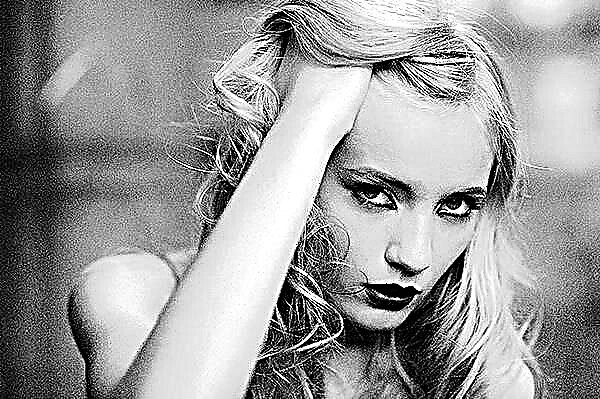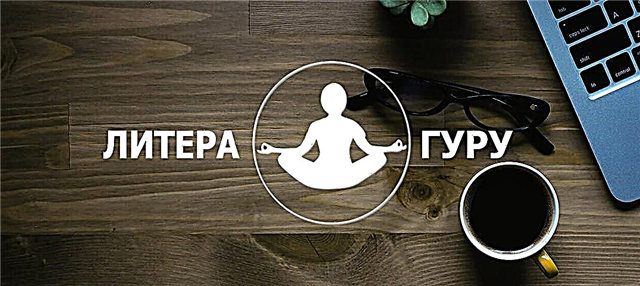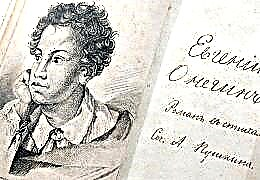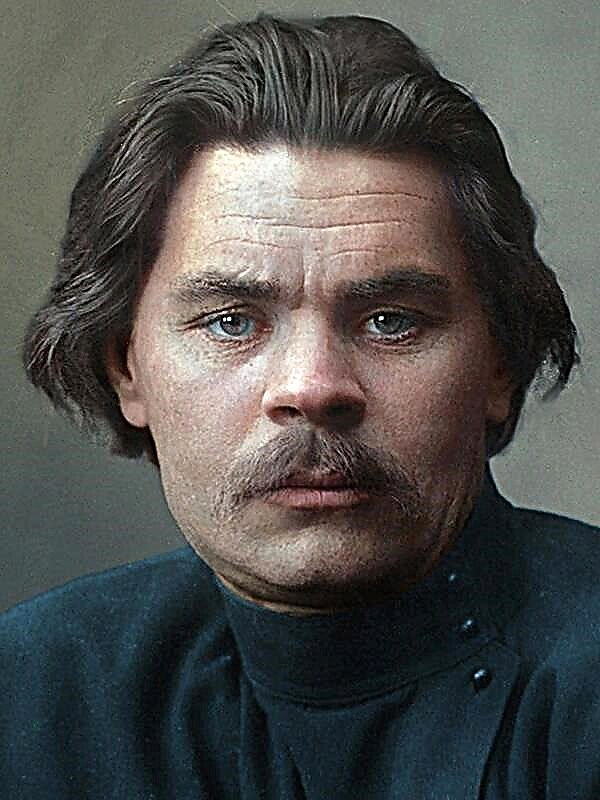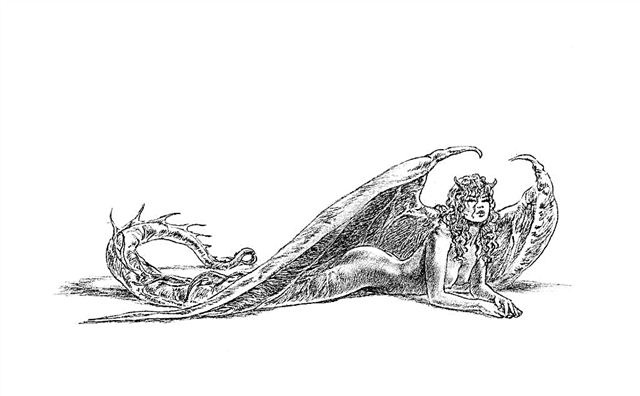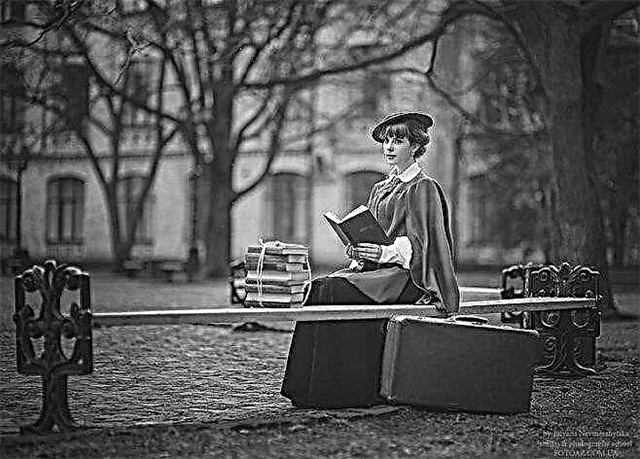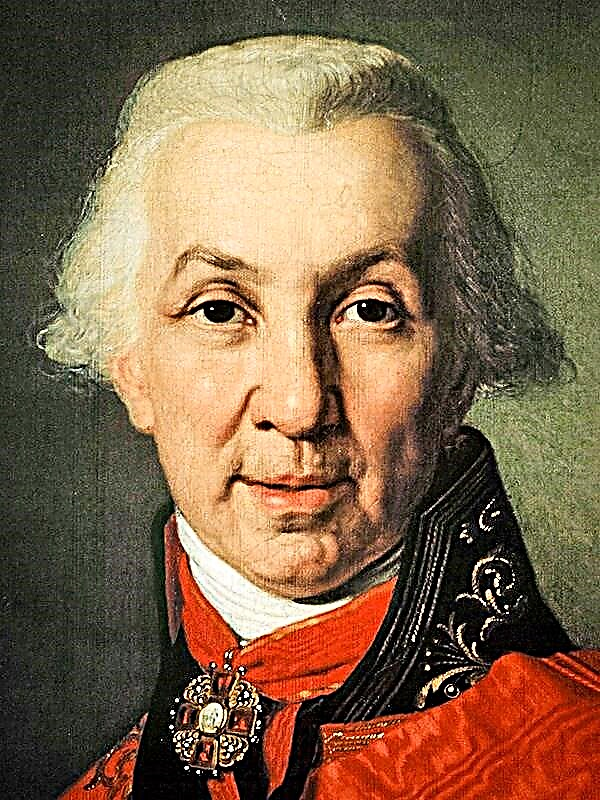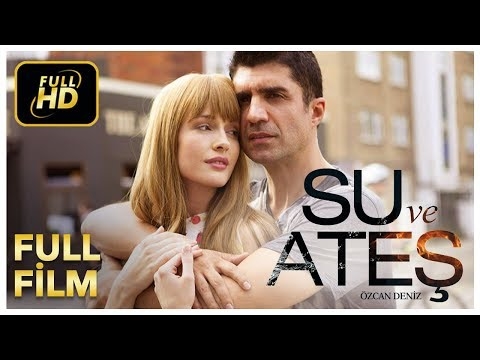“Twelve is the best that I wrote, because then I lived in modernity,” Alexander Blok once said about his poem. This work is really unique in its content and deserves special attention not only from the standpoint of studying the work of Blok, but also of all Russian literature.
The poem raises the burning topic of the revolution at that time, the main characters we see the bourgeois, doomed to death, and the brave Red Guards who are fighting for a better future for their country. The main conflict of the poem is the clash of two opposing forces - the old and new Russia, the old society and new, old and new ideas. However, besides the bourgeoisie and the Red Army, to the surprise of the reader, at the very end of the poem, the most mysterious of the characters appears on the stage - Jesus Christ, whose significance in this work we would like to discuss in more detail.
His appearance is interpreted by readers in different ways. Some researchers believe that Blok puts the figure of Jesus at the head of the soldiers, because he himself does not understand who should lead them and does not see a clear leader among the ideological fighters. Others believe that thereby Blok identifies the revolution itself with something holy and saving. Still others see in the episode with the bullet fired by Christ and anti-humane symbols and the accusations of the Reds of excessive bloodshed, which affected the whole country, including many innocent people: “Burn with a bullet to holy Russia.”
And yet, Blok’s true attitude towards the revolution is not difficult to determine even by the fact that he shows us the fate of his native country in the form of Katka’s “walking girl”. This is the main theme of the poem - the search for a new Russia. From darkness, loss of moral guidelines, revelry of dark passions for light, growing up, a new path. But in order to find a new path, the country needs a guide who will help it get out of chaos, leave the intersection and find its way. In Jesus, Blok sees such a vehicle. The author tells us that only faith can accomplish a real miracle and lead people out of the abyss to resurrection, from chaos to harmony. This can be understood even by the way the Bloc describes Christ: in his appearance there is only purity, light, even he steps "with a gentle, biased gait." But at the same time, Blok notes that the reassessment of values in the world and the war between ideological people are associated primarily with the internal struggle that is waged within each of us. This struggle is connected with overcoming within itself the dark and the terrible, with the truth, which one way or another will have to be told to ourselves and continue to be sincere. And with the help of Jesus, the author symbolizes this truth, this light, which is so necessary in such a dark and difficult period for everyone: "In the white corolla of roses ahead is Jesus Christ."
Summarizing all of the above, I want to note that despite the widespread opinions about the person and symbolic meaning of Christ in the poem of the “12” block, the main or key version of his appearance is still the author’s desire to create an image that can revive the moral corruption of the characters. Jesus for the Bloc is a symbol of rebirth, resurrection, indestructible holiness. So he sees the future moral landmark of Russia, capable of overcoming the rampant elements and leading the country to unity and harmony.

